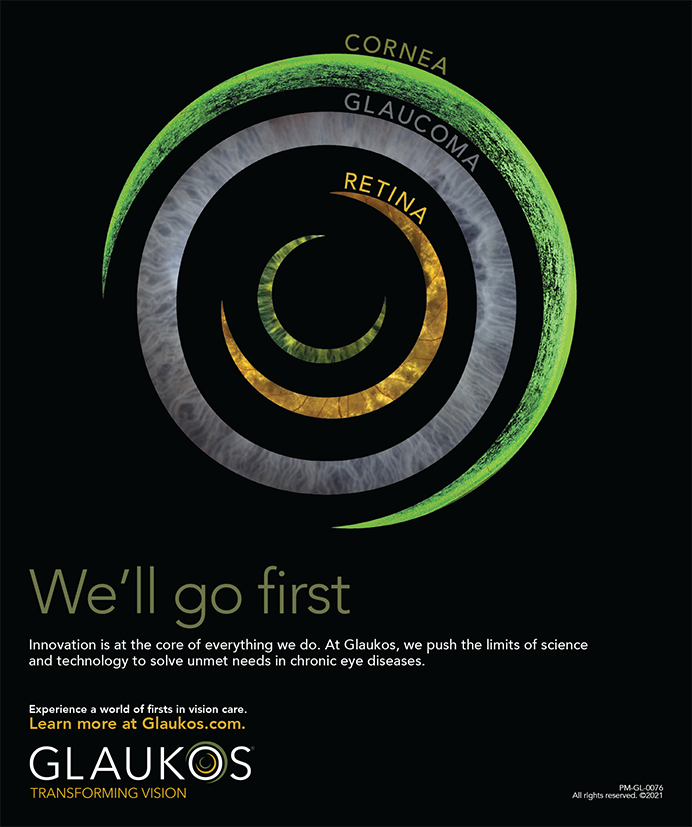Which of your clinical studies made you most proud? Over the past 20 years, my partner, Hank Perry, and I have published over 100 papers in cornea, cataract, and refractive surgery. I enjoy each subspecialty and feel that we have been fortunate to make contributions in all of these different areas. In cornea, we performed the first study of LASIK following a corneal transplant, showing that LASIK was a viable entity to rehabilitate patients who in the past were often forced to wear gas-permeable contact lenses or be without visual rehabilitation after a year of corneal transplant rehabilitation. In cataract surgery, I have been interested in bimanual phacoemulsification and have contributed to the literature on micropulse technology. One of my other major interests has always been ocular infectious disease. Ten years ago, we published the first paper suggesting that fluoroquinolones could penetrate into the anterior chamber at therapeutic levels. This was a revolutionary concept at that time, and today it is considered one of the major advantages of using fluoroquinolones in ophthalmology.
What is the most exciting technology on the horizon? I believe the most exciting technology in cataract surgery is bimanual phacoemulsification. The additional control and safety of this technique has significantly improved the quality of cataract surgery, and, with new IOL technology, which I am certain will be available shortly, I believe that implantation of IOLs for cataract surgery and for refractive lensectomies will be performed through 1-mm incisions. In refractive surgery, I believe that the technology of IOLs with diffractive optics is capable of providing quality visual acuity without aberration in high myopes and hyperopes. These diffractive lenses will revolutionize the visual rehabilitation of some of the most difficult patients we manage and bring refractive surgery to every ophthalmologist who performs cataract surgery.
What is the toughest decision you have had to make as a surgeon? As a young surgeon, the toughest decision I learned to make was when to say no—when to tell a patient that he should not consider having surgery. This is particularly true in refractive surgery. Patients may have unrealistic expectations. Advising these patients that you cannot satisfy their visual needs is one of the most important lessons that I have learned as an ophthalmologist.
How has teaching impacted on your approach to ophthalmology in your everyday practice? Teaching residents and fellows is a symbiotic relationship in which I learn as much as my students. My partner and I have had a cornea, external disease, and refractive surgery fellowship program that has trained one to three physicians per year for the past 12 years. Residents and fellows challenge me to maintain my clinical edge, and their hard work allows us to perform research that would be otherwise impossible. Virtually every published work that I have been fortunate enough to be part of over the last 20 years has been done with the help of a resident or fellow, and I count the residents and fellows I have trained as probably my greatest achievement.
What advice would you give to doctors entering ophthalmology today? Choose comprehensive ophthalmology or the subspecialty that you love, so that every day when you wake up it is exciting to go to the office or to go into surgery and do something that you love to do. Our practice—Ophthalmic Consultants of Long Island—has grown from three to 20 ophthalmologists over the last decade based on the simple principles of enjoying what we do and providing excellent subspecialty care to our patients. A misleading path in ophthalmology would be to choose a subspecialty based on potential remuneration. Find something that you love to do and try to make a contribution to that area.


